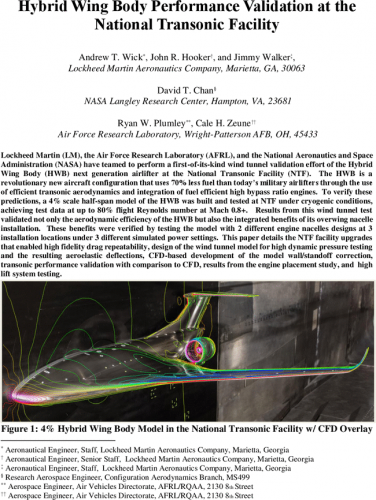I like to highlight once more how all this discussion is highly theoretical, as I'm more than sure that any conflict with a peer State would see an escalation into a nuclear war.
NeilChapman said:
Considering the two countries you mentioned, even if you knocked out every threat within 1000km the countries will be able to strike back conventionally from deeper held assets.
It is still likely that US planes will require tankers overfly hostile territory.
This is a non sequitur.
What I said before still stands: targets need to be engaged in successive layers, with the intent to push back the enemy's ability to hit you.
You advance the battlefield as you proceed in eliminating targets, from the closest to you to the farthest away.
The targets I'm specifically speaking of are those that need to be eliminated in order to achieve air control. All other targets are to be engaged in following phases.
If you cannot estabilish air superiority and SEAD, then you're sending your men to a slaughterhouse and are going to loose the war.
There would be several anchors fairly close to the border to support the strike packages multiple ingress and egress paths.
In the answer I gave above, I carefully chose the aircraft and weapons I mentioned for the opening phase of a conflict. Notice I did not mention any F-22 or F-35, but B-2 and B-52, with the latter staying out of range of enemy fighters.
The last two, given their range, don't need close-in anchors.
Instead, as the F-22 and F-35 are tactical fighters, and not strategic weapons, they lack the range to conduct this sort of operations.
Here is indeed the core of the issue in my opinion: a stealth tanker would be "needed" only to sustain the operations of tactical stealth fighters, while, given the range of strategic bombers like the B-2 and B-52, those wouldn't need anything different than a normal tanker.
But, tactical fighters should do what they're supposed to, and if you try and change their mission in order to make them strategic weapons you encounter all sorts of shortcomings.
There is a reason if during the Cold War there were a Strategic Air Command and a Tactical Air Command.
They didn't do the same things.
These close-in anchors would be there to support SAR missions as well.
SAR missions conducted with what exactly?
Because if you have a need for a stealth tanker, good luck in getting back in the same area where one of your aircraft was shot down, with a helicopter or a V-22.
Tankers often need to overfly hostile territory to meet and fuel planes that otherwise would not make it home. Many pilots owed the success of their missions - and some their lives - to being refueled by tankers who came and got them.
You're right.
Can you provide any example where this happened before air control and SEAD were estabilished in the area of operation?
I can anticipate your objection: "But if you had a stealth tanker you could move in without the need to do that".
Right, but I doubt a damaged aircraft would still be stealth. And if you have not removed the A2/AD threat consider that aircraft lost, with or without a stealth tanker that can refuel it.
It's a no brainer to build - basically - a stealthy C-130.
I suppose who was in Abbottabad in 2011 doesn't have the same opinion.
Neither do the ones that had to devise Operation Eagle Claw.
A Senior Citizen class of aircraft would have a very dedicated and interesting niche.
Naturally, all of this, is just my opinion.
I don't feel the need to convince you, but I just don't see where a stealth tanker could fit in, honestly.




